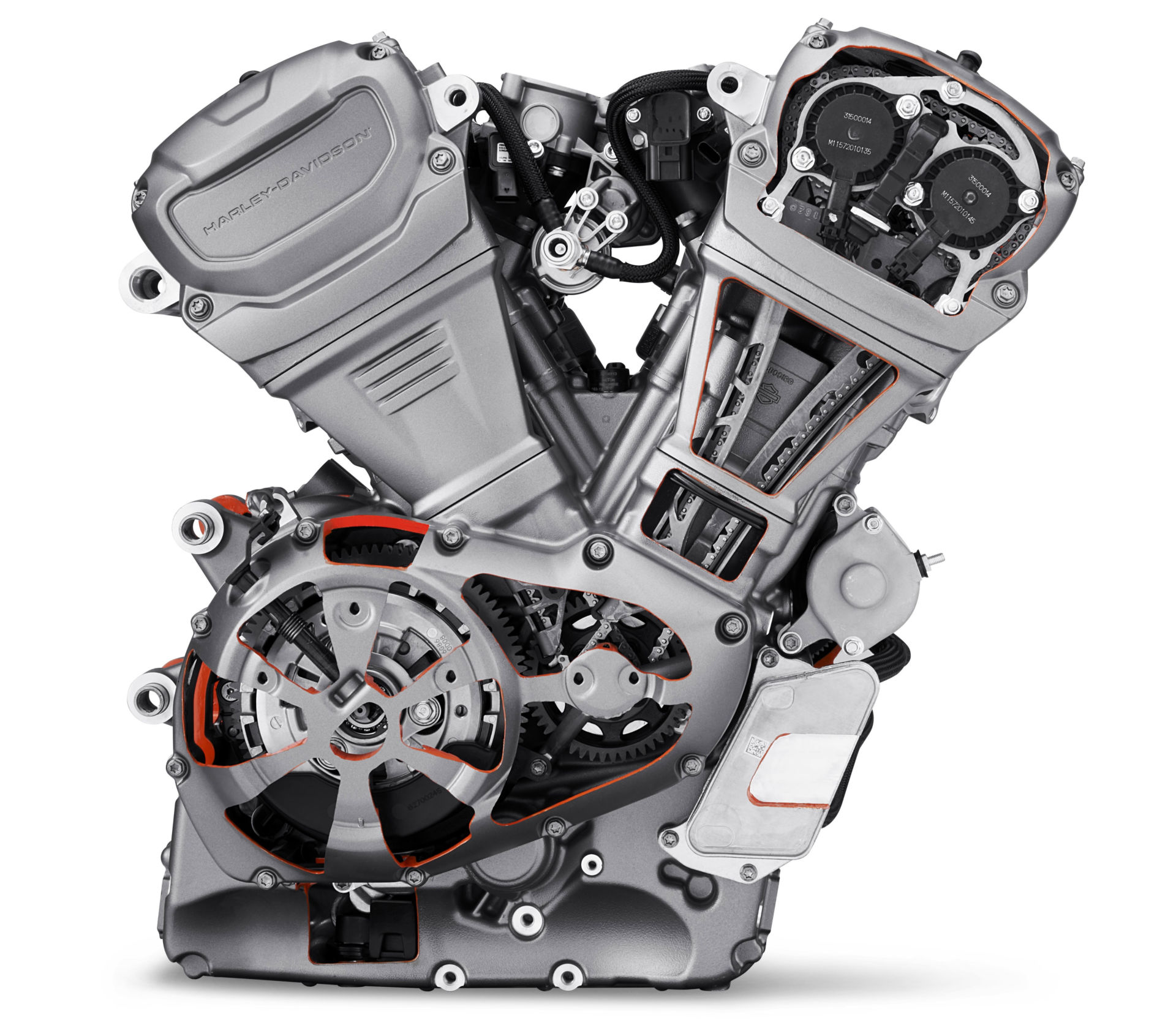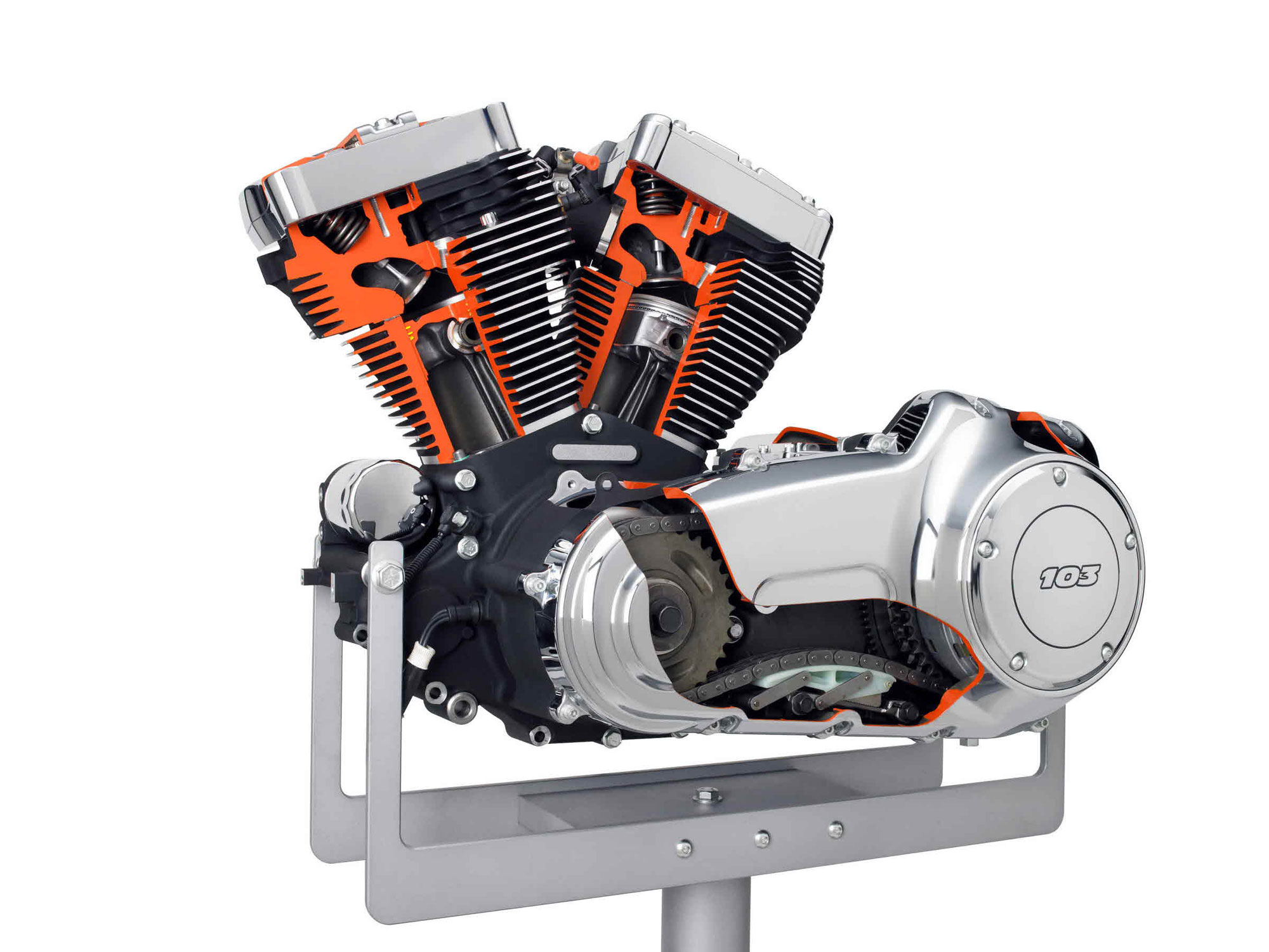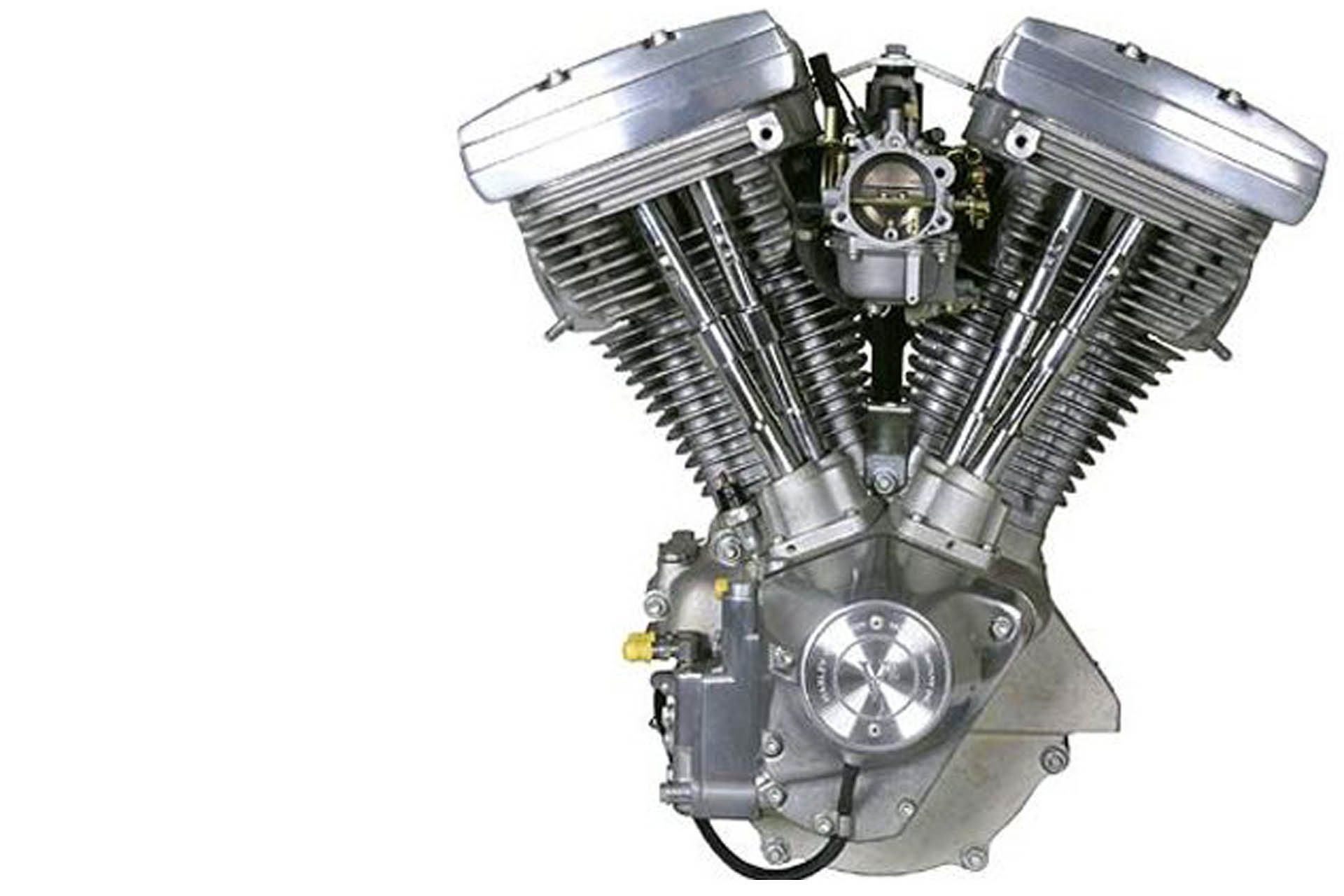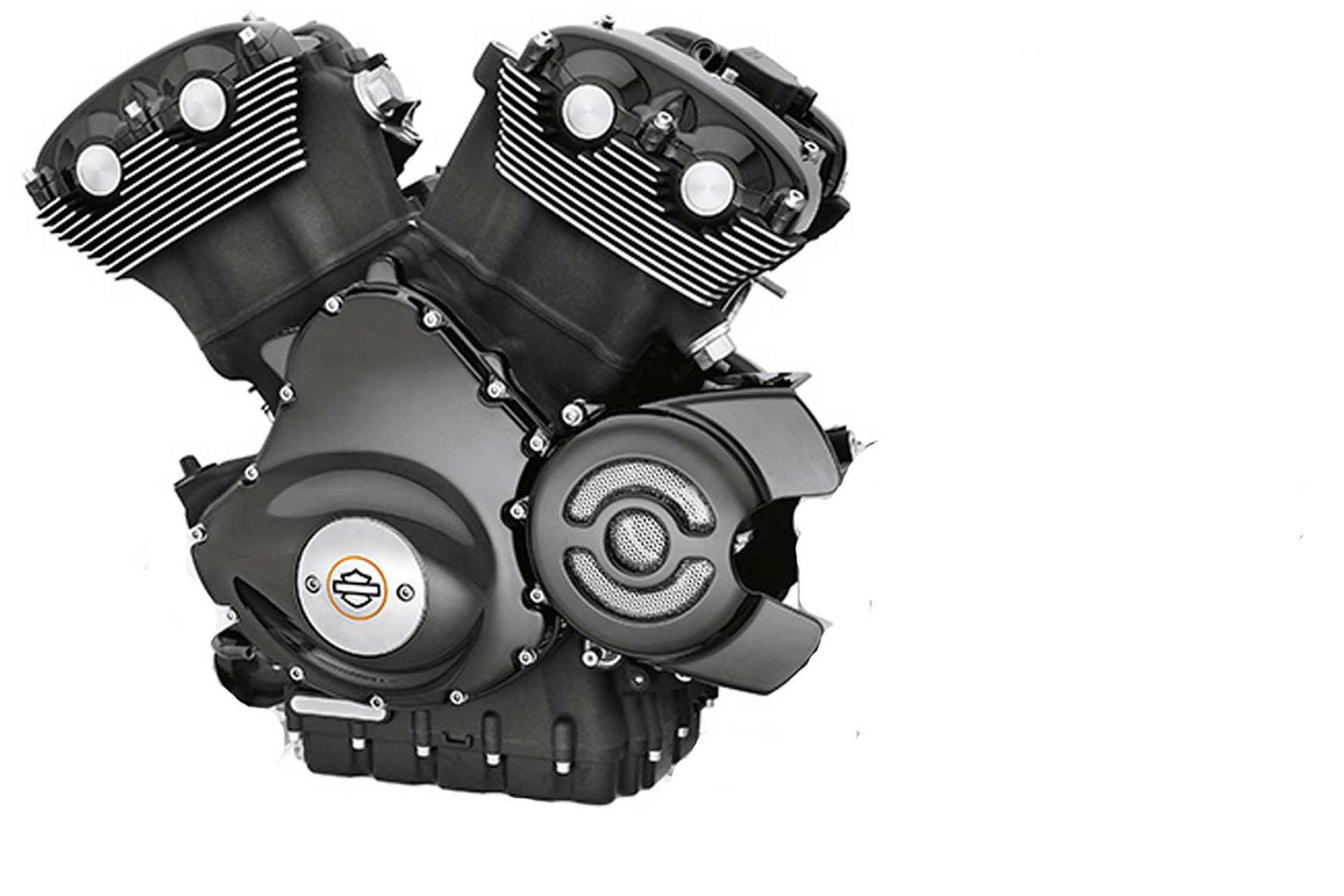Harley Davidson Engine V Angle

With 131 cubic-inch 2147cc its a combination that produces 131 ft-lb of torque and 121 horsepower.
Harley davidson engine v angle. Using a 60-degree V-angle thats smack between the traditional 45-degree Harley layout and the 90-degree design from the likes of Ducati the Revolution Max strikes a balance. The crankshaft has a single pin and both pistons are connected to this pin through their connecting rods. However the classic Harley-Davidson engines are V-twin engines with a 45 angle between the cylinders.
Actually we have been noticed that harley davidson v twin engine diagram is being one of the most popular issue right now. The Night Rod is a classic V-Rod designed to maximize speed. The 810cm³ and 7 PS strong V-Twin engines are only produced in a small series of 27 pieces.
The engines have overhead valves that are activated by camshafts in the crankcase. The crankshaft has a single pin and both pistons are connected to this pin through their connecting rods. The two-cylinder engine with a 45 cylinder angle is designed by Harley-Davidson to achieve more power than the current single-cylinders.
So we tried to locate some great harley davidson v twin engine. To create this type of engine the crankshaft has two separate pins for the connecting rods from the pistons. This one was supposedly around 1600cc with a 72 degree V angle and output around 170 horsepower.
Cycle World in May of 2009 wrote a short piece referring to the rumors but had few details to add. Optimized Design for Light Weight. A Harley engine has two pistons.
The Harley-Davidson Motor Company is most closely associated with the familiar 45-degree air-cooled V-twin engine configuration. The V-Twin features a 1250cc displacement with a bore and stroke of 413 105mm x 283 72mm and is capable of 150 horsepower and 94 ft-lbs. Those were some lean years at the Motor Company with the economy crashing around it and the V4 seemed to disappear as did talk of the project.



















